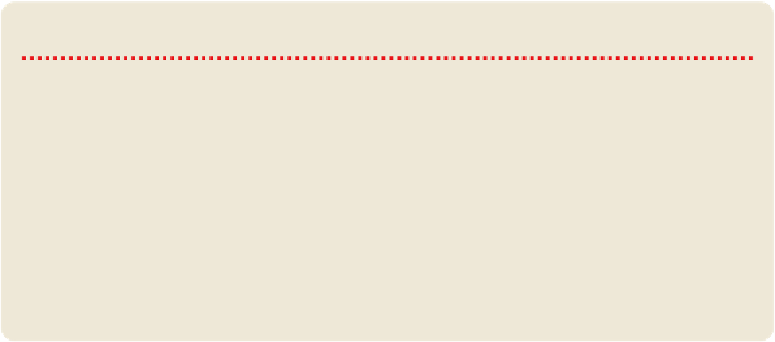Travel Reference
In-Depth Information
GUIDED TOURS
tion to the Memorial Foundation €1; 10am Tue, Thu & Sun year-round, also Fri & Sat Apr-Oct)
special-
ises in English-language Sachsenhausen tours lasting about six hours. Tours leave at
10am from below the TV Tower. Alternatively, the memorial-site-affiliated nonprofit
Friends of Sachsenhausen Memorial
(
www.stiftung-bg.de/foerderverein
; adult/concession €14/
12; 10.20am Tue, Thu & Sun)
operates four-hour tours from the historic traffic light at
Potsdamer Platz. An ABC transport ticket is necessary for either tour, but reserva-
tions are not.
The English-language walking tour companies
Berlin Walks
,
Insider Tour Berlin
and
New Berlin Tours
also operate guided tours of Sachsenhausen several times weekly.
SIGHTS
MEMORIAL
GEDENKSTÄTTE UND MUSEUM SACHSENHAUSEN
(
03301-200 200;
www.stiftung-bg.de
;
Strasse der Nationen 22;
8.30am-6pm mid-Mar-mid-Oct,
to 4.30pm mid-Oct-mid-Mar, most exhibits closed Mon)
Unless you're on a guided tour, pick up a leaflet (€0.50) or, better yet, an audioguide (€3, in-
cluding leaflet) at the visitors centre to get a better grasp of this huge site. The approach to
the camp takes you past photographs taken during the death march and the camp's libera-
tion. Just beyond the perimeter, the
Neues Museum
(New Museum) has exhibits on Sach-
senhausen's precursor, the nearby Oranienburg concentration camp, and on the evolution of
the memorial site from 1950 to 1990.
Proceed to
Tower A
, the entrance gate, cynically labelled, as at Auschwitz,
Arbeit Macht
Frei
(Work Sets You Free). Beyond here is the roll-call area, with barracks and other build-
ings fanning out beyond. Off to the right, two restored barracks illustrate the abysmal living
conditions prisoners were subjected to.
Barrack 38
has an exhibit on Jewish inmates, while
Barrack 39
graphically portrays daily life at the camp. The
prison
, where famous inmates
included Hitler-would-be-assassin Georg Elser and the minister Martin Niemöller, is next
door. Exhibits in the
infirmary barracks
on the other side of the roll-call area illustrate the
camp's poor medical care and the horrid medical experiments performed on prisoners.
Moving towards the centre, the presentation in the
Prisoners' Kitchen
chronicles key
moments in the camp's history. Exhibits include instruments of torture (such as a 'beating






